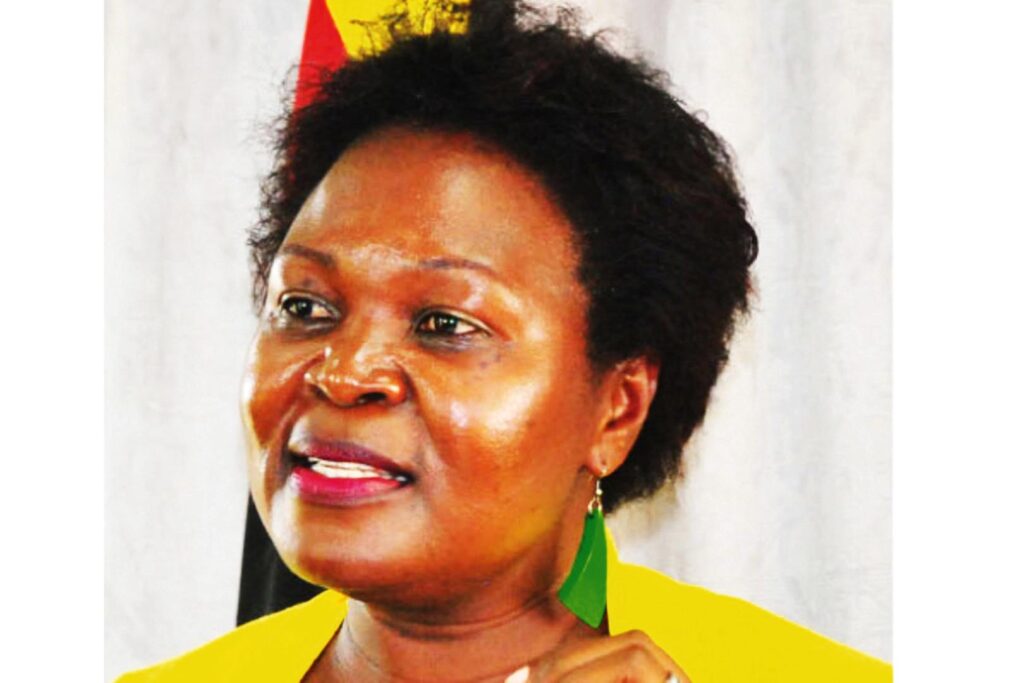By John Mubiru
Uganda National Oil Company (UNOC) has been cleared to procure and construct their own rigs, and produce oil both for domestic consumption and export.
Ruth Nankabirwa, the minister for Energy and Mineral Development said exploration licenses have already been issued to UNOC for the Kasurubani block, measuring 1,285 square kilometers.
The license paves way for UNOC to pump out oil or form a joint venture with a foreign partner to do the same.

“Through the Ministry of Energy, the Government is preparing to execute production sharing agreements with UNOC and DGR Global – the two successful companies from the second licensing round that commenced in May 2019,” Nankabirwa said during a recent media briefing on Uganda’s oil and gas sector, which also featured the outlook for 2023.
DGR Global which has been allocated Turaco block, measuring 637 square kilometers, is the other company cleared to set up rigs in Buliisa.
At least six oil companies applied for prequalification for the five blocks on offer, out of which four were shortlisted.
She said although UNOC represents the Government of Uganda’s commercial interests and is a joint venture partner to the licensees operated by the China National Offshore Oils Company Uganda Ltd (CNOOC) and Total Energies, as well as a shareholder in both the refinery and EACOP projects, it can take up major oil production projects.
“Continued petroleum exploration and development of prospective petroleum resources will positively impact prolonging and increasing production. With coming on board of more companies willing to drill for oil, the sub-sector is up beat with activity, and we are encouraging our own to take part,” she said.
Nankabirwa also revealed that in the Ngassa contract areas in Hoima district, the technical studies have identified five drillable prospects.
One of these, she said, is onshore, while the other four are offshore.
Oranto petroleum is expected to commence drilling the exploration wells in 2023.
Three other oil fields from the Kaiso Tonya area are planned to come on stream five years afterthe first oil.
The development and production of the discovered oil and gas resources in Uganda is undertaken through the Tilenga and Kingfisher projects.
The seven fields in the Tilenga project are expected to have a peak production of 190,000 barrels per day, whereas the Kingfisher field will have a plateau of 40,000 barrels per day at first oil.
Planning to develop these resources has led to an exponential increase in activities and operations in the country, specifically in the Albertine Graben.
These activities are approved and monitored by the Petroleum Authority of Uganda (PAU).

New licenses out
The Ministry of Energy is also planning to announce a third licensing round during the East African Petroleum Conference and Exhibition, scheduled to take place in May 2023 at the Serena Hotel, Kampala.
This is intended to attract more oil prospectors, with the possibility of getting more resources out of the ground.
“To increase the country’s oil and gas resources, the directorate of petroleum in the ministry continues to conduct geological mapping and geophysical surveys in the Moroto-Kadam basin,” Nankabirwa said, adding: “The surveys in Uganda’s north-eastern and eastern districts of Moroto, Napak, Nakapiripirit, Katakwi, Bukedea, Kapchorwa, Bulambuli and Kumi cover a total surface area of 5,672 square kilometers.”
She said in addition to the already licensed oil companies, there were about 175 contractors and sub-contractors to those licensed companies.
Profits
The government promotes an efficient cost environment and undertakes economic analysis for oil and gas projects to ensure the profitability of the projects is maintained, and that government’s take from the oil and gas resources is not eroded.
“Uganda’s track record for managing costs during the exploration phase has been exceptionally well, which is also being done for the much higher development costs,” Nankabirwa said
In terms of employment, by November 2022, 6,233 people were employed within the sector, of which 5,875, representing 94 per cent were Ugandans.
The licensees directly employed 506 people, 70 per cent of whom are Ugandans, while their contractors and subcontractors employed 5,647 people, 97 per cent of whom are Ugandans.
Nankabirwa said by the end of 2022, the National Oil and Gas Talent Register (NOGTR), the PAU established in February 2019, had 7,695 registered talents and 117 employers.
In 2022 alone, 1,750 registered on the NOGTR, representing 23 per cent of the total number of talents registered since the platform was launched.
A total of 373 jobs were posted on the system by different employers.
She encouraged Ugandans who are still seeking employment in the oil and gas sector not to lose heart, “since bigger deals are on the way.”






















